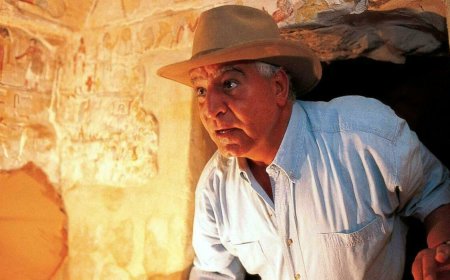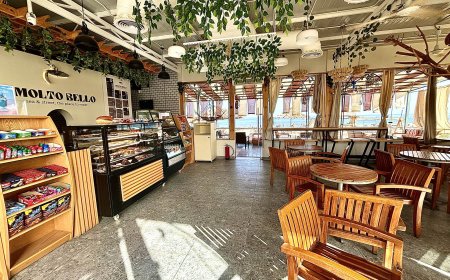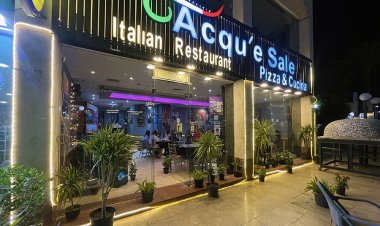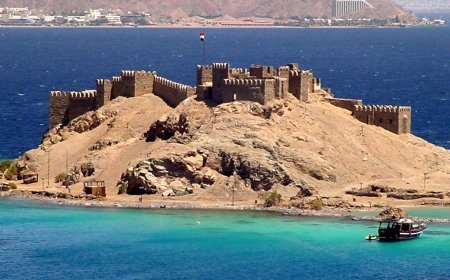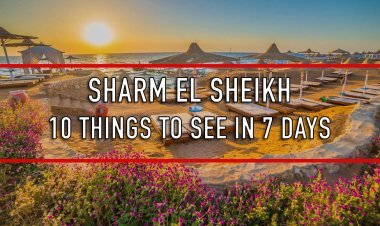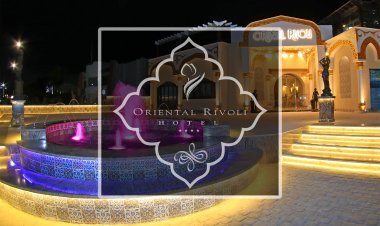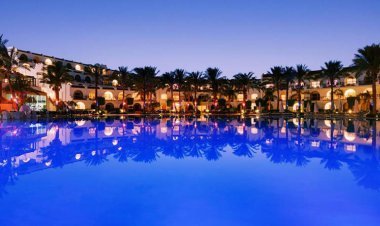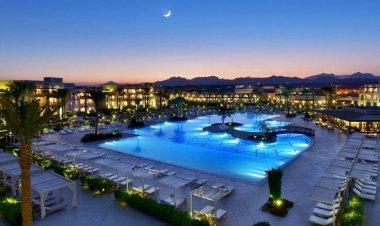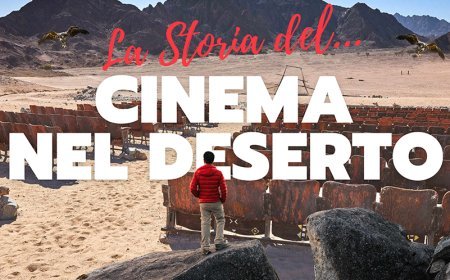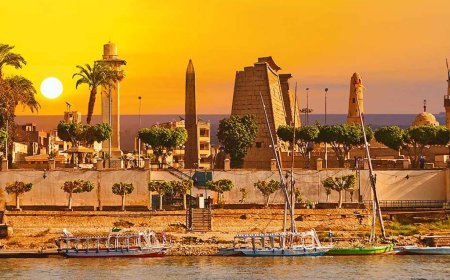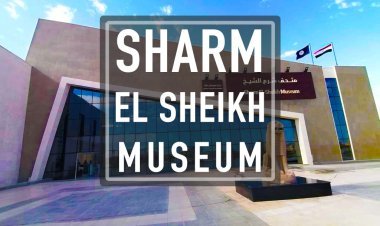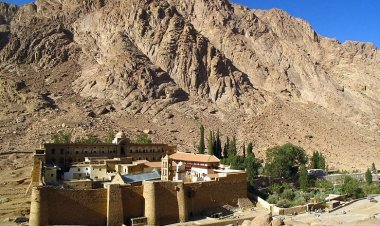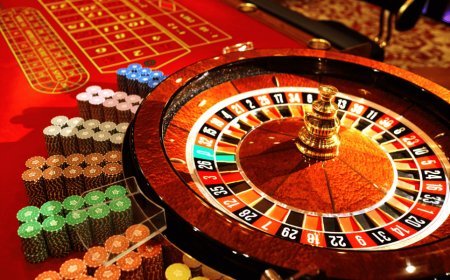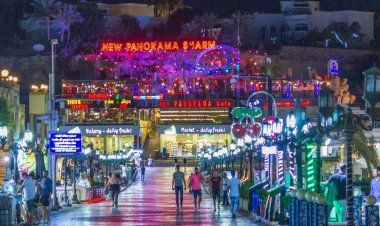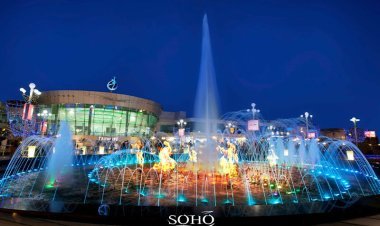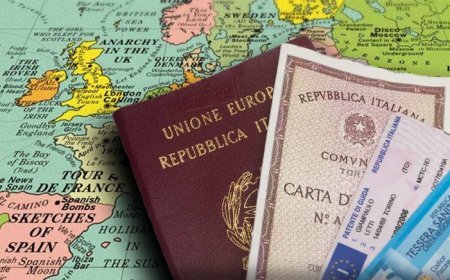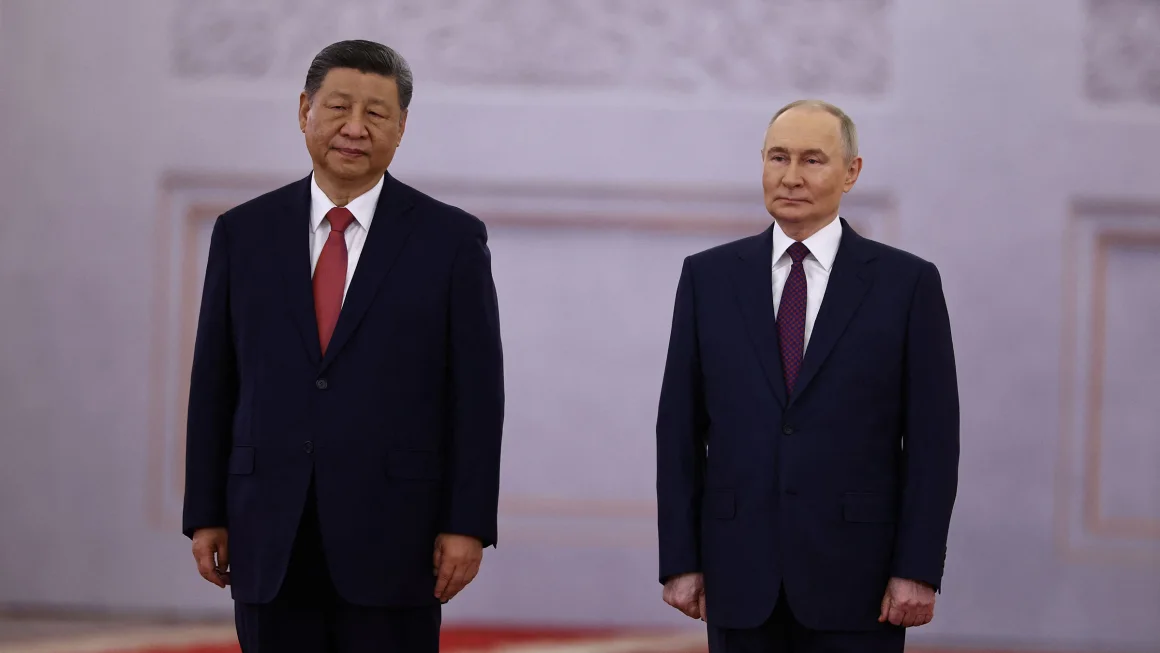What to see in Egypt
Egypt is a country with a rich history and culture, as well as natural wonders. It is the most populous country in the Arab world and the second-most populous on Earth.
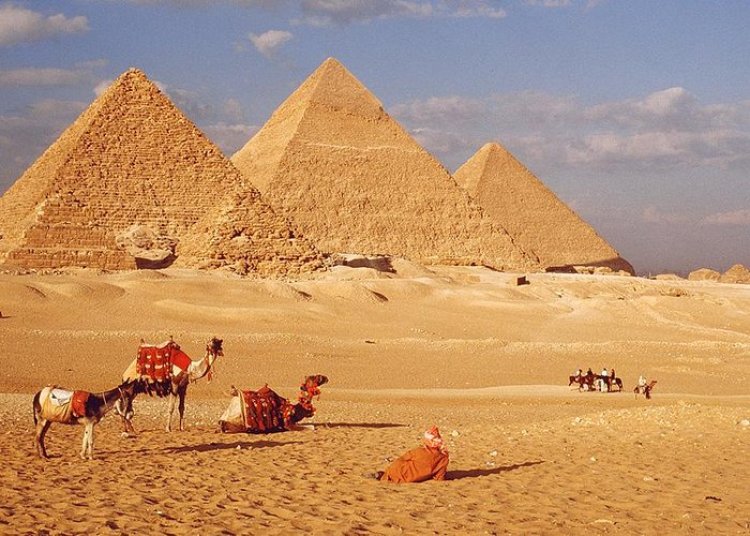
The Ultimate Guide to Egypt's Natural Wonders: The Places You Can't Ignore
This guide will show you more about some of the best places you can't ignore when visiting this amazing country.
The Western Desert: It's an arid region that stretches from the Red Sea to Libya, and includes part of Egypt's border with Sudan. The area was once an ancient sea that has since been turned into barren land by wind and sand. The desert has many attractions for visitors, including its beautiful sunrises, sunsets, rock formations called "the Seven Wonders," and ancient Roman ruins called "the Colosseum."
The Nile River: This river is one of the world
The Nile River is the world's longest river. It stretches over 6,650 kilometers and is located in Africa and Asia. It flows through 10 different countries, one of which being Egypt. The Nile supports farming along its banks with fertile soil deposits and provides a crucial source of water for people living there.

#1 - The Red Sea and Sinai Peninsula
The Red Sea and Sinai Peninsula are two important locations in the Bible. The Red Sea is a body of water that borders the African continent and the Sinai Peninsula is an area of land that borders Israel. Both have played important roles in biblical history and are often mentioned in the Bible.
In this section, we will look at how these two locations were mentioned in the Bible, what their importance was, and how they were used to help people understand God's power.
1) The Red Sea is a body of water that borders the African continent. It has played an important role in biblical history because it was where Moses led his people to freedom from slavery as well as where Jesus walked on water during his ministry.
2) The Sinai Peninsula is an area of land that borders Israel.
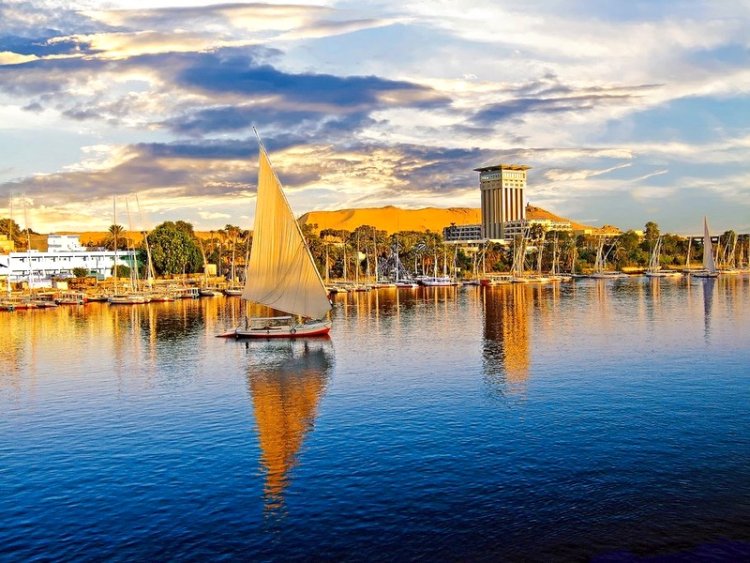
#2 - Aswan and the Nile River Valley
The Nile River Valley is the world's longest river and is the source of life for Egypt. The Nile River Valley stretches from Aswan to Cairo and beyond. The land is fertile, which allows Egypt to grow crops like wheat, corn, sugar cane, beans and rice.
Egyptians use the Nile River Valley as a natural barrier against invaders. They built temples along the banks of the river that would help protect them from invaders. Egyptians also used this as a way to control their people by making sure they could only build their homes near the Nile River Valley and not anywhere else in Egypt.
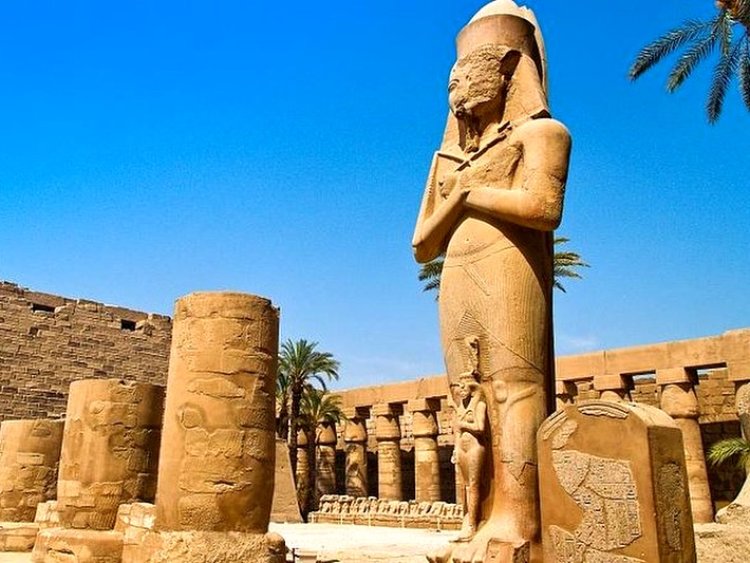
#3 - Valley of the Kings, Temple of Hatshepsut, Karnak Temple
The Valley of the Kings is a burial ground in Egypt that contains 63 tombs and chambers. The tombs were created for the pharaohs and their consorts during the New Kingdom (1550-1070 BC). It is located near Luxor, which was known in ancient times as Thebes.
The Temple of Hatshepsut is a temple on the west bank of Luxor, Egypt that was built by Hatshepsut (1479-1458 BC), female pharaoh who ruled from 1478 to 1458 BC. The temple has an area of about 6700 square meters, which makes it one of the largest temples in all of Ancient Egypt. It also has one of the tallest obelisks at about 65 meters tall.
Karnak Temple is an ancient Egyptian temple complex located on the east bank of the Nile River in Luxor, Egypt. One of the largest religious complexes in the world, it was constructed over a period of more than 1,000 years. The first monuments were built by Pharaoh Amenhotep III and his son Amenhotep IV (Akhenaten) during the 18th dynasty.
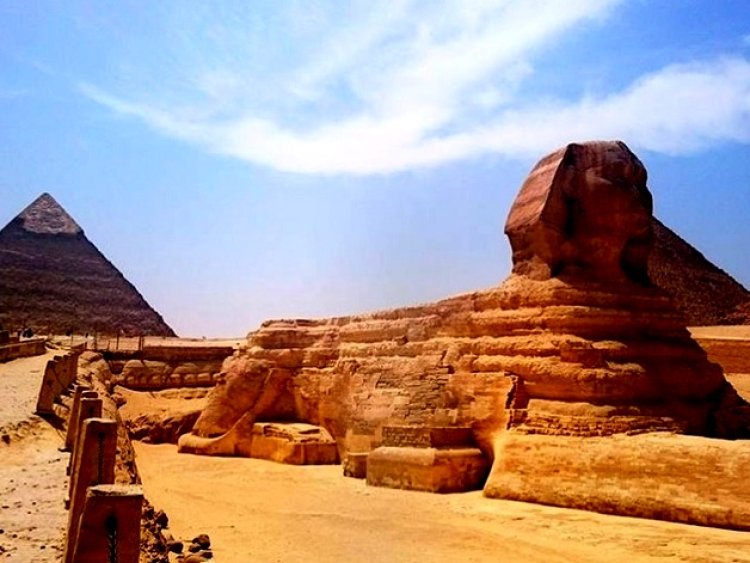
#4 - Piramyds in Giza and Museum in Cairo
The Piramyds in Giza are a set of three pyramids built for Pharaohs Khufu, Khafre, and Menkaure. The pyramids were built close to the Nile River during the 4th dynasty. The word Piramyd comes from an ancient Greek word meaning “long-lasting”.
The Museum in Cairo is a museum that houses artifacts from ancient Egypt and other Egyptian antiquities. It is located on Tahrir Square which was originally called "Place de la Concorde" by the French when they occupied Egypt during Napoleon Bonaparte's invasion of Egypt.
What's Your Reaction?
 Like
0
Like
0
 Dislike
0
Dislike
0
 Love
0
Love
0
 Funny
0
Funny
0
 Angry
0
Angry
0
 Sad
0
Sad
0
 Wow
0
Wow
0


